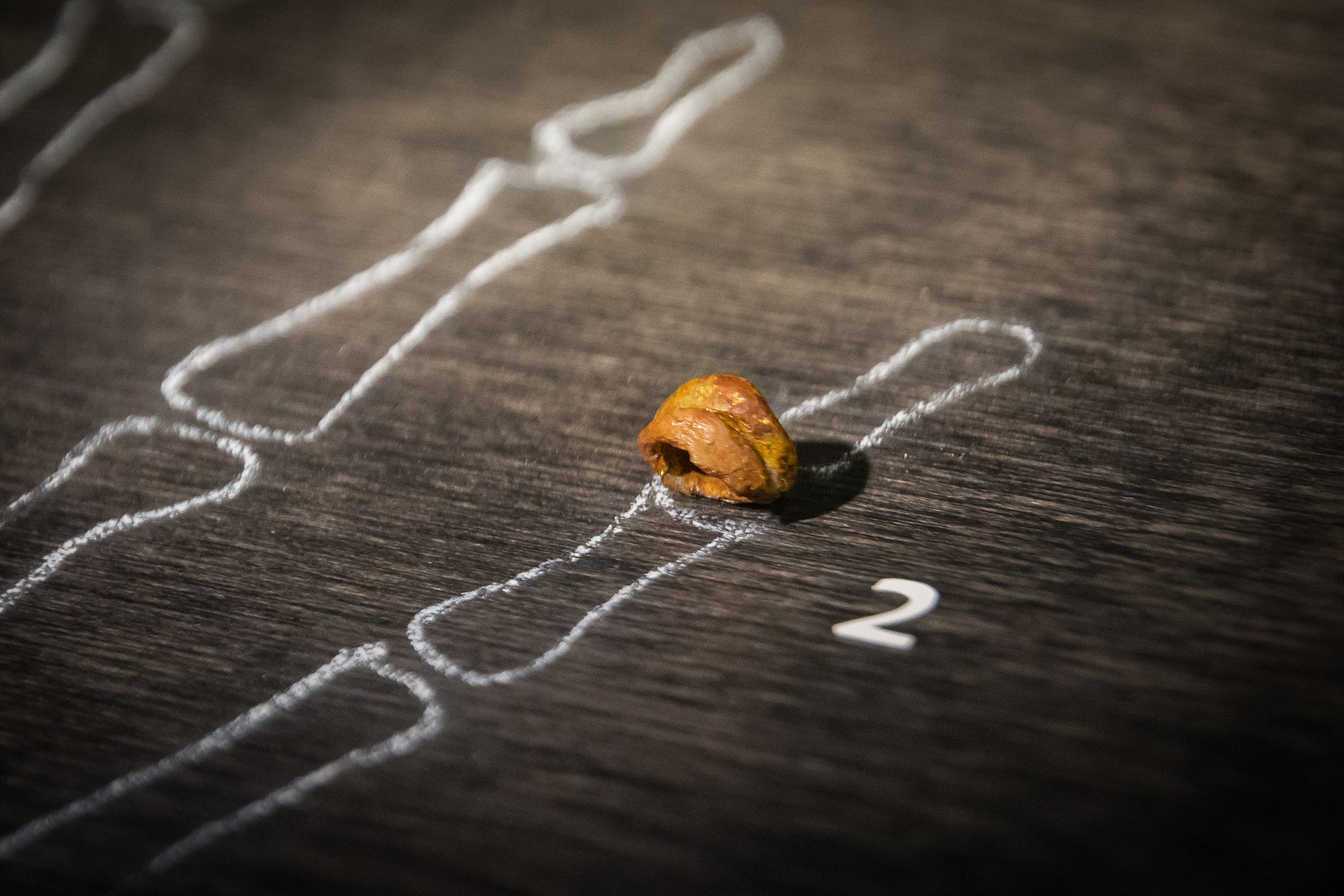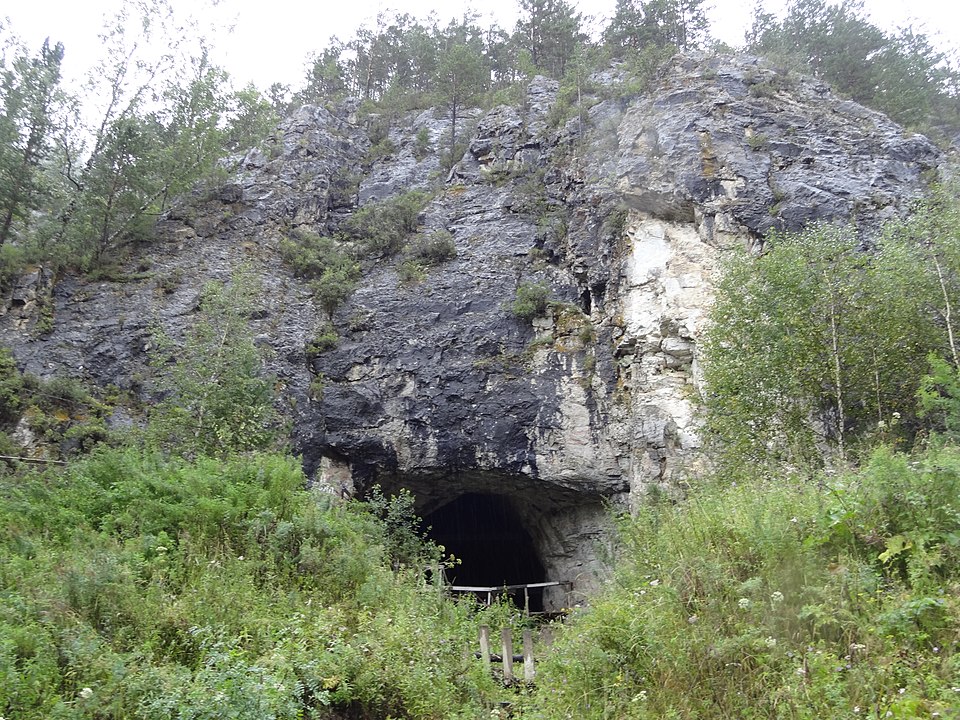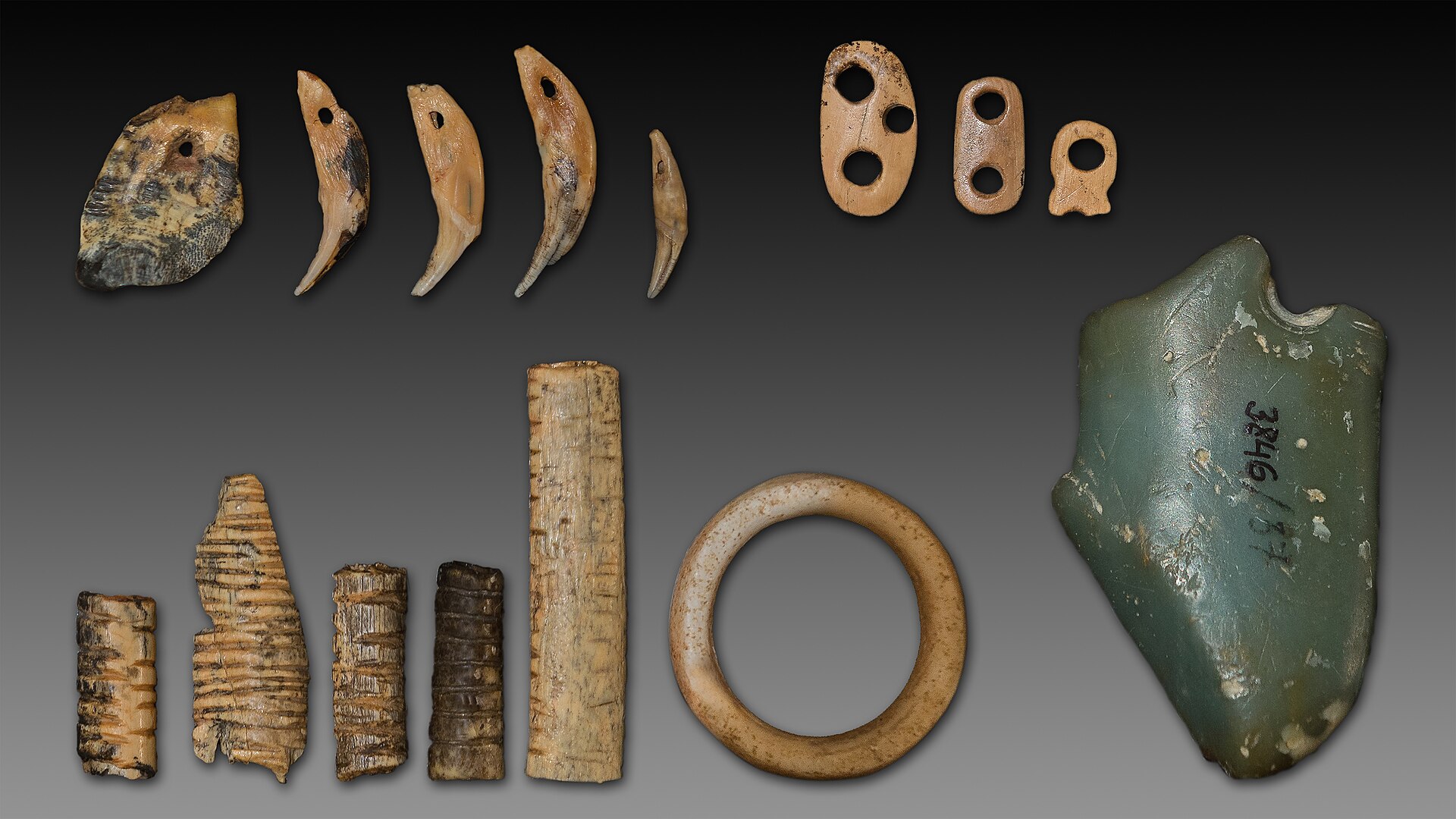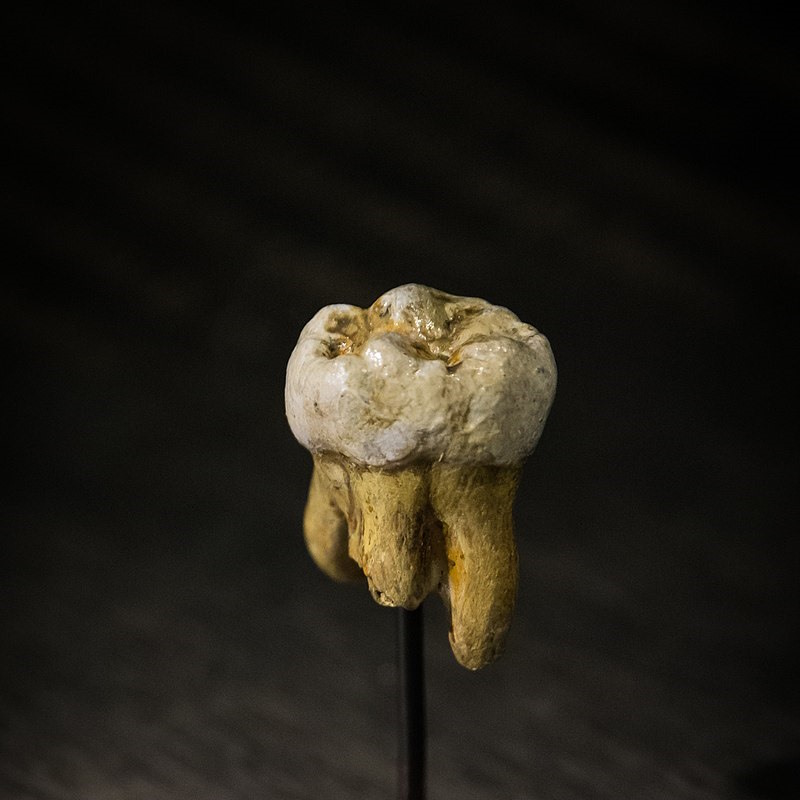They had no name, no known faces, and just a few bone fragments were enough to reveal an entirely new human species. The Denisovans are one of the most mysterious branches of the human family tree. They weren’t even named until the 21st century — but their legacy stretches far further back. Here are 8 fascinating facts about the Denisovans.
1. They were discovered thanks to a finger bone
In 2008, Russian archaeologists found a small piece of finger bone in the Denisova Cave in Siberia. DNA analysis later revealed it wasn’t from a Neanderthal or a modern human, but from a previously unknown human species. Thus began the mystery of the Denisovans.

2. They lived alongside other humans for thousands of years
Denisovans lived between roughly 200,000 and 30,000 years ago — during the same period that Neanderthals and Homo sapiens roamed the Earth. Evidence suggests they not only coexisted but also interbred, leaving a genetic legacy that endures to this day.
3. Their DNA lives on in us
Modern humans in parts of Asia and Oceania carry up to 5% Denisovan DNA. This genetic influence is especially present in populations of Papua New Guinea, Australia, and Southeast Asia. Some Tibetan groups even owe their ability to live at high altitudes to a Denisovan gene variant.
4. We know almost nothing about what they looked like
To date, only fragments have been found: a finger bone, a tooth, a toe bone, and part of a jaw. No complete skulls or skeletons. Everything we know about their appearance comes from genetic reconstructions. They likely had a robust build, dark hair and eyes, and a broad skull — but we can’t be sure.
5. They lived from Siberia to Southeast Asia

Although the first remains were found in Siberia, traces of Denisovan DNA have also been discovered in fossils on the Tibetan Plateau — suggesting a broader geographic range than initially thought. Some scientists believe they may have lived as far south as Southeast Asia.
6. They interbred with both Neanderthals and modern humans
Denisovans weren’t completely isolated. Genetic research shows they interbred with both Neanderthals and Homo sapiens. One bone fragment even belonged to a girl with a Denisovan father and a Neanderthal mother — a direct hybrid of two species.
7. Their technology remains a mystery

Stone tools and ornaments have been found in the Denisova Cave, but it’s hard to determine which human group made them. Denisovans may have used similar techniques to Neanderthals or early Homo sapiens — but with limited archaeological evidence, their culture remains largely unknown.
8. They’re rewriting our view of human evolution
For a long time, it was believed that Homo sapiens were the only surviving human species after the Neanderthals. The discovery of the Denisovans revealed many more branches on the human evolutionary tree. Their DNA in our bodies proves that human evolution isn’t a straight line, but a tangled web of interbreeding, extinction, and survival.
The Denisovans are a reminder of how little we still know about our origins. With just a handful of bones, they’ve dramatically reshaped our understanding of human history. Who knows which forgotten relatives still await discovery — deep in caves, beneath ice, or hidden in our own DNA.

